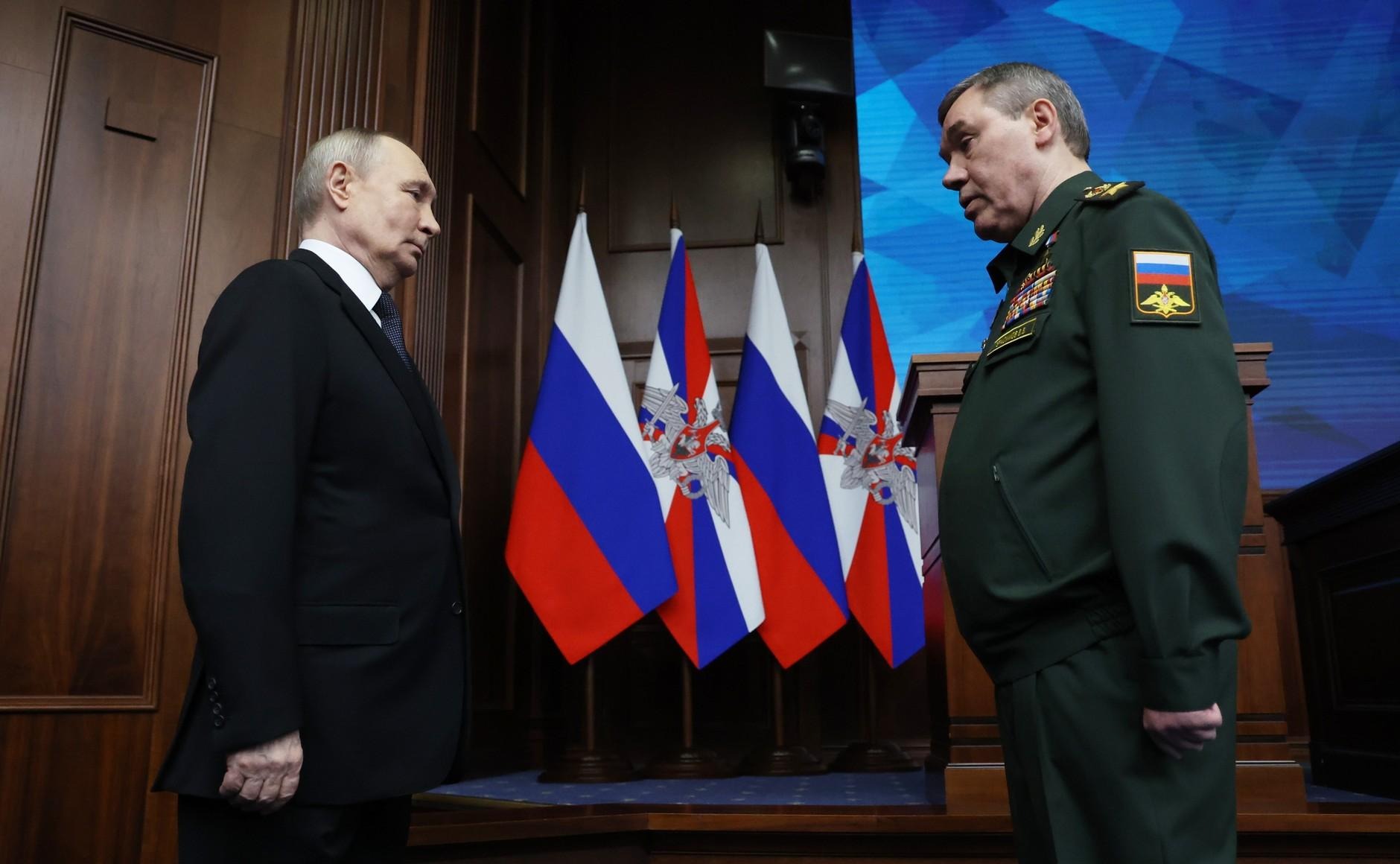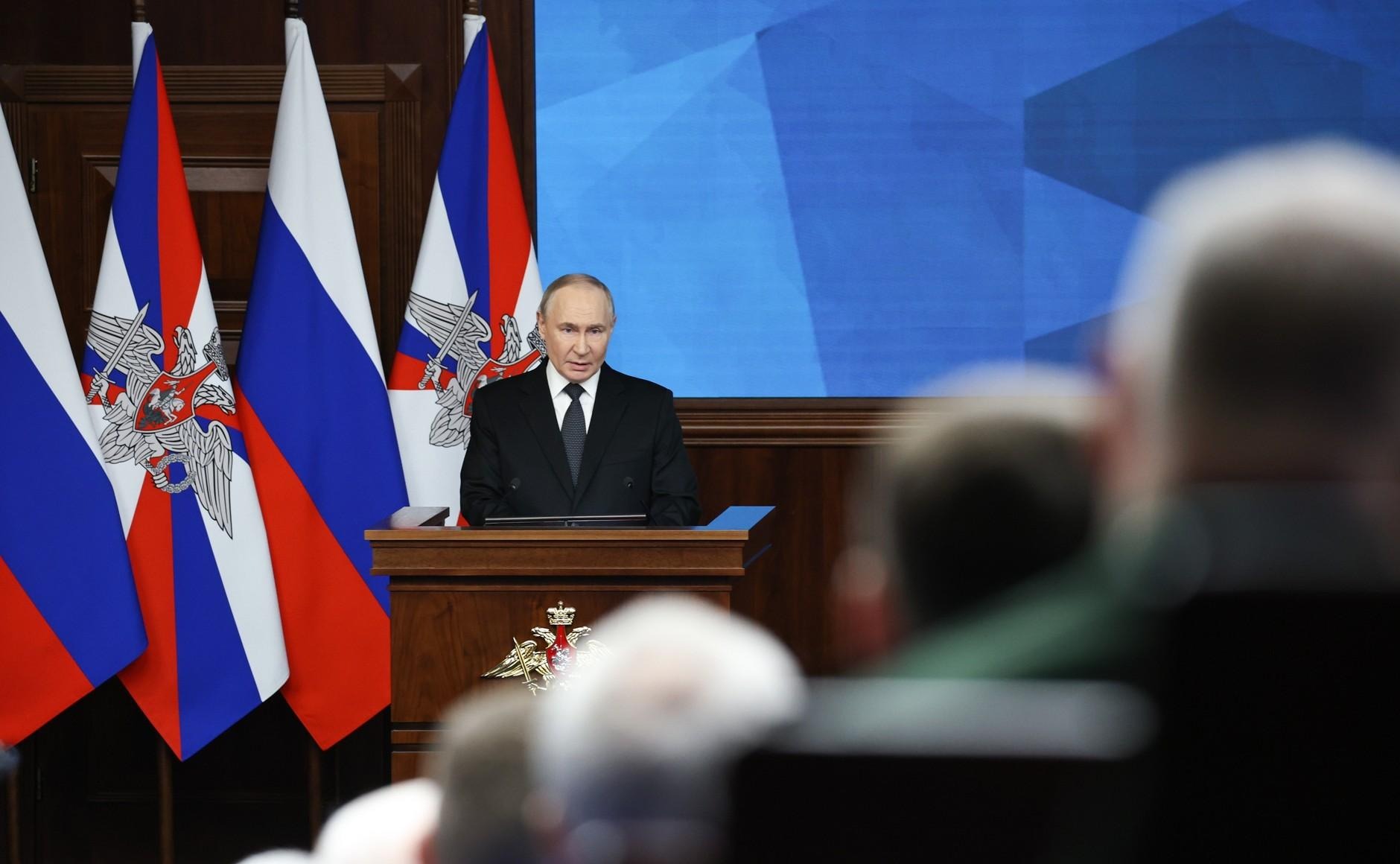
Uzbekistan Leans on Russia for New Military Equipment
Uzbekistan Leans on Russia for New Military Equipment
In recent weeks, Russian media has been actively reporting on Uzbekistan’s various contracts to purchase Russian military equipment—some of it apparently state of the art (see below). The multiple deals indicate Tashkent’s determination to elevate arms-sale negotiations with Moscow to a higher level. In 2017, Uzbekistan committed to modernizing its armed forces as part of a five-year development strategy. Another factor that may have spurred Uzbekistan’s Ministry of Defense recently was the intra-Afghan conference in Qatar that resulted in the adoption of a nascent peace resolution. Tashkent has much at stake in this process, as any withdrawal of Western (in particular, United States) troops as a result of the resolution will have direct security implications. Uzbekistan would, thus, assume sole responsibility for protecting its border with Afghanistan.
In the string of news about defense contracts between Moscow and Tashkent, the first one to appear was Uzbekistan’s purchase of 12 Mi-35M military helicopters, with deliveries set to begin at the end of 2019 (RIA Novosti, July 8). These transport helicopters, which can also be used to attack ground targets, have been in production since the 2000s. Additionally, Uzbekistan has reportedly ordered an unspecified number of BTR-82A armored personnel carriers (APC), able to carry three crew members and seven soldiers (RIA Novosti, July 8). The APC is the latest version of the BTR family Russia has been producing since Soviet times (1986). Earlier, Tashkent also purchased “several dozen” VPK-233136 “Tigr” Special Purpose Armored Vehicles, capable of transporting up to seven troops (TASS, June 25).
In addition to modernizing the equipment for its ground forces, Uzbekistan is planning to negotiate contracts for the air force and order new fighters and a radar system. Specifically, Tashkent is negotiating to buy Su-30SM multirole fighter jets, which Russia has fielded in Syria against anti-government forces in 2015 (RIA Novosti, July 8). Uzbekistan has also expressed interest in purchasing Sopka-2 radar systems that monitor the airspace, and in upgrading the country’s existing military radars to the level of a Sopka-2 (RIA Novosti, July 8).
Closer-than-usual military cooperation between Russia and Uzbekistan was kick-started by President Shavkat Mirziyoyev’s maiden trip to Moscow in April 2017 and the reciprocal visit by President Vladimir Putin to Tashkent in October 2018. While it was generally known or suspected that, during these meetings, the two sides discussed issues of military cooperation and the modernization of Uzbekistan’s military equipment with Russian assets (Gazeta.ru, April 5, 2017; Kremlin.ru, October 18, 2018), the actual details of those conversations are only surfacing now. And undoubtedly, Uzbekistan’s recent purchases of Russian arms, along with the two sides’ ongoing negotiations, directly sprang from those above-mentioned summits.
A major breakthrough in military cooperation came when, after a 12-year pause, Russia and Uzbekistan held their first bilateral military exercise in 2017 (see EDM, October 22, 2018). This followed Uzbekistan’s resumption, in 2016, of sending its military personnel to education facilities in Russia after having suspended the program in 2012 (Podrobno.uz, November 29, 2016). Moscow is reportedly guaranteeing the financing of the recent Mi-35M and Su-30SM purchases via a nebulous export loan granted to the Uzbekistani government in 2017 (RIA Novosti, July 8). A strong motivating factor for Tashkent to accept the Russian credit line may well have been Moscow’s agreement, following the October 2018 heads-of-state meeting, to sell Uzbekistan military equipment at domestic prices. At present, Uzbekistan is the only non-member of the Moscow-led Collective Security Treaty Organization (CSTO) that enjoys this privilege.
Military modernization is written into Uzbekistan’s five-year strategy for 2017–2021, which explicitly calls for “increase[ing] the fighting power and capability of the armed forces” (Lex.uz, February 7, 2017). Tashkent’s recent purchases of military equipment reveal a dominant focus on its ground forces—most of the contracts pertained to modernizing a fleet of personnel carriers. At the same time, Tashkent’s procurement of new and state-of-the-art systems rather than second-hand equipment underscores the government’s seriousness in pursuing genuine modernization of the military.
A number of factors suggest that Uzbekistan’s efforts to upgrade its military arsenal are tied to the changing situation in Afghanistan. Earlier this year, the chief of staff of the Armed Forces of Uzbekistan, Major General Pavel Ergashev, spoke about a shifting of “instability centers” in northern Afghanistan (i.e., areas close to or bordering on Uzbekistan), which, he argued, jeopardizes stability in Central Asia (Gazeta.uz, February 21). Russians are ostensibly even more worried about the situation in Afghanistan and regularly publicly express their concerns about possible spillovers to Central Asia (Mil.ru, June 24).
Moscow is seeing a surge of military equipment purchases from Tashkent, which is looking to upgrade its ground and air forces. Most of the new equipment will be next-generation versions of systems that the armed forces of Uzbekistan already possess. The fact that these purchases were negotiated following intensified peace negotiations in Afghanistan, which Uzbekistan endorsed, is not merely a coincidence. Assuming the consequent near- or medium-term withdrawal of US forces from the theater, the burden of protecting the Afghanistan-Uzbekistan border will now lie solely with Tashkent. These political changes are, therefore, motivating Uzbekistan to move faster to acquire military equipment from the country most of its aging military equipment had originally come from.


